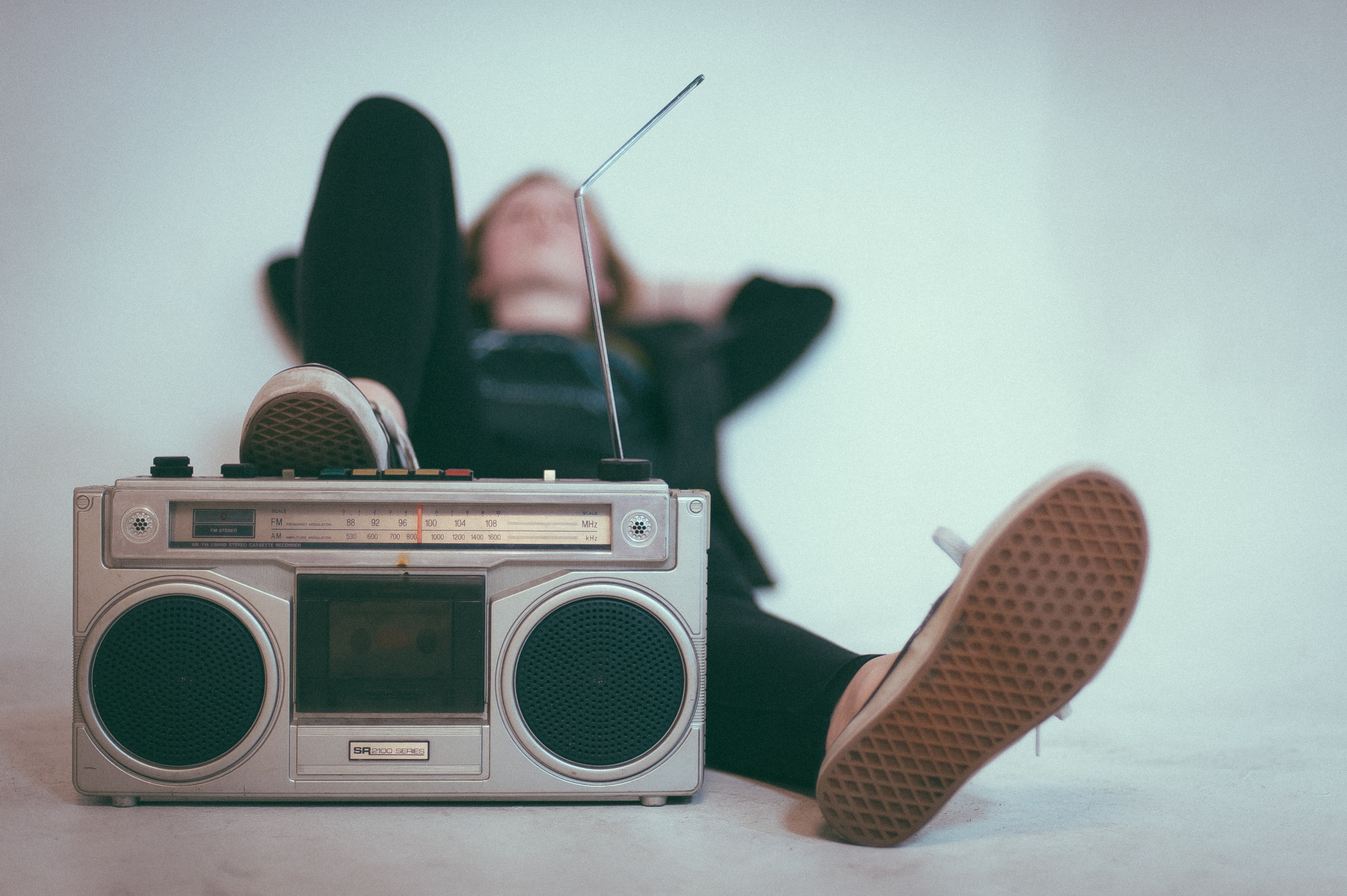Since its inception, Spotify has not only revolutionised the way we access music but has also become a barometer for measuring a song's popularity and success. In this article, we will look into the most streamed songs on Spotify since 2012, highlighting the trends that have shaped the music industry's digital age.
Rise of Digital Streaming - The Early Days of Spotify
Starting in the early days, Gotye's "Somebody That I Used to Know" quickly became a streaming sensation, setting the stage for the streaming era. As the years progressed, tracks like "Wake Me Up" by Avicii and "Thinking Out Loud" by Ed Sheeran dominated the platform, catapulting Spotify's global reach and its ability to fast-track artists to international fame. In more recent years, viral hits have become increasingly prevalent, with songs like "Despacito" by Luis Fonsi and Daddy Yankee, and "Shape of You" by Ed Sheeran, breaking streaming records and becoming global anthems.The Social Media Influence
The emergence of social media platforms like TikTok has also played a significant role in influencing streaming numbers, with tracks such as "Dance Monkey" by Tones and I and "Blinding Lights" by The Weeknd becoming part of society and shared across various platforms a million times over. The diversity of genres represented among the most-streamed songs on Spotify is a testament to the platform's diverse user base. From hip-hop and reggae to pop and dance music, Spotify, along with the assistance of social media, has been instrumental in promoting a wide range of musical styles and artists. In 2020, the landscape of music streaming saw a significant shift with the release of "Blinding Lights" by The Weeknd, a song that not only dominated Spotify charts but also set records across multiple streaming platforms. Its synth-driven melody and nostalgic vibe resonated with millions of listeners worldwide, securing its place as one of the most streamed songs in Spotify's history.Most Played Songs on Spotify Since 2012
Below, you can see the most streamed songs on Spotify since 2012. This graph highlights the evolution of music streaming preferences among Spotify's global audience, reflecting the tracks that have captured listeners' hearts and dominated streaming charts over the years.| Year | Artist | Song |
| 2012 | Gotye feat. Kimbra | "Somebody That I Used to Know" |
| 2013 | Macklemore & Ryan Lewis feat. Ray Dalton | "Can't Hold Us" |
| 2014 | Pharrell Williams | "Happy" |
| 2015 | Major Lazer & DJ Snake feat. MØ | "Lean On" |
| 2016 | Drake feat. Wizkid & Kyla | "One Dance" |
| 2017 | Ed Sheeran | "Shape of You" |
| 2018 | Drake | "God's Plan" |
| 2019 | Shawn Mendes and Camila Cabello | "Señorita" |
| 2020 | The Weeknd | "Blinding Lights" |
| 2021 | Olivia Rodrigo | "driver's license" |
| 2022 | Harry Styles | "As It Was" |
| 2023 | Miley Cyrus | “Flowers” |
The Highest-Earning Song on Spotify 2023
Miley Cyrus's career has been marked by a series of evolutions, both in her musical style and public persona. From her early days as a teen idol starring in Disney's "Hannah Montana" to becoming a global pop sensation, her discography reflects a wide range of genres, including pop, rock, and hip-hop influences. On Spotify, several of her songs have stood out for their popularity, streaming success, and impact.Breakout Hits
Following her era as the beloved "Hannah Montana," Miley Cyrus's career took a dynamic turn, among her standout hits from her early career as a popstar included:- The Climb: Featured in the "Hannah Montana: The Movie" soundtrack, this song became an anthem for resilience and determination, resonating with a broad audience.
- Party in the U.S.A: A quintessential pop anthem, this track solidified Cyrus's place in the pop music scene and remained a favourite for its catchy melody and feel-good vibes.
The Bangerz Era
The Bangerz Era represents a pivotal shift in Miley Cyrus's career. Her image quickly changed from the sweet girl next door to a symbol of empowerment. Her hits during this breakaway image transformation included:- We Can't Stop: Marking a significant shift in her career, this song, along with its music video, showcased a more mature and controversial Miley Cyrus.
- Wrecking Ball: Known for its emotional depth and striking music video, "Wrecking Ball" became one of her most streamed songs, highlighting her vocal prowess and artistic range.
A Star is Born
In the wake of her audacious Bangerz Era, a star was born, marking a significant shift towards a more mature artist. This phase of Miley Cyrus's career is characterised by personal growth and self-discovery. Her hits during her more mature period include:- Malibu: A softer, more introspective track, "Malibu" reflects on her relationship with Liam Hemsworth, showcasing a different side of Miley Cyrus's music.
- Mother's Daughter: An empowering anthem, this song blends pop with elements of electronic music, emphasising themes of freedom and individuality.
The Conclusion – The King of Music Streaming
As Spotify continues to grow and evolve, it remains a crucial platform for artists to reach a global audience and for music lovers to discover new sounds and revisit old favourites. The list of the most streamed songs on Spotify is not just a reflection of musical trends but a testament to the enduring power of music to connect, inspire, and entertain us. This journey through the most streamed songs on Spotify since 2012 reveals how the nature of the music industry has changed since the digital age explosion. It highlights the transformative power of streaming platforms in shaping musical tastes, propelling artists to new heights, and defining the soundtrack of a generation.References
1 2

